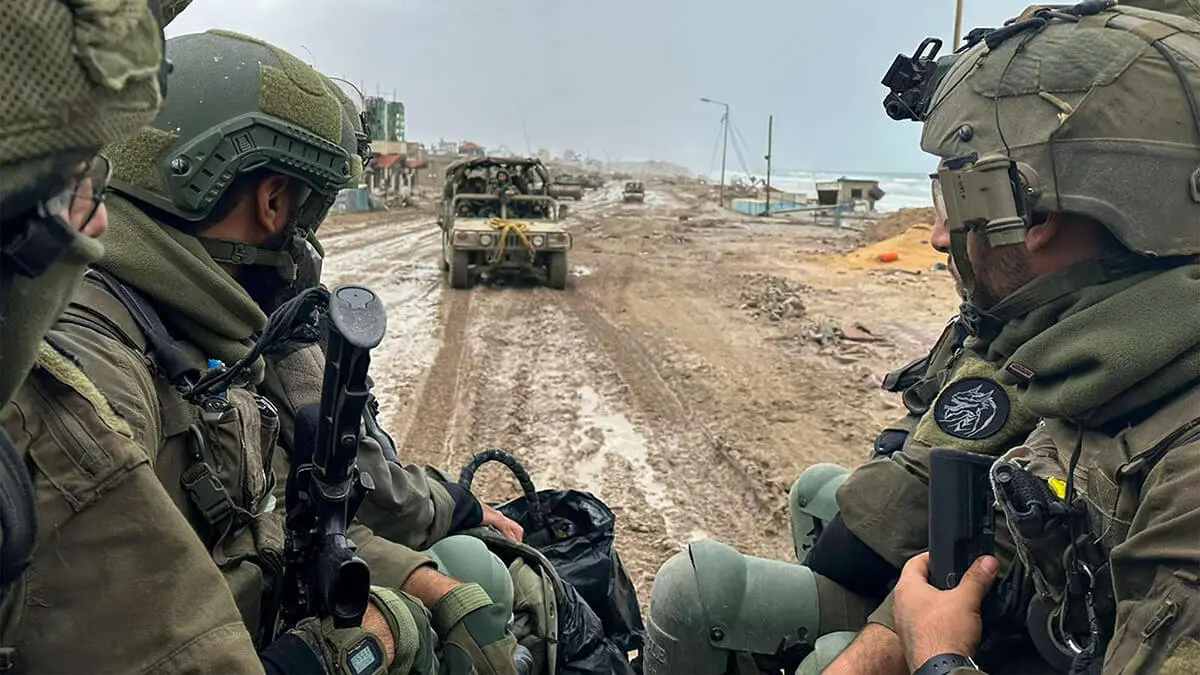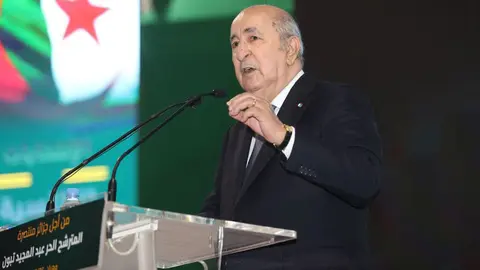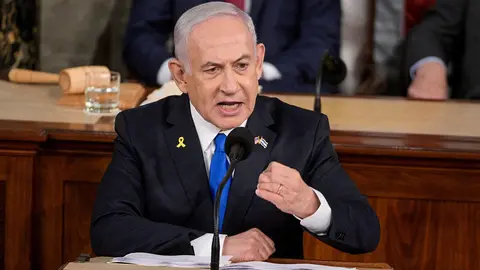The paradox of armed peace

African societies, brutally invaded by European forces in the 19th and 20th centuries, could well have exclaimed this as their lands and resources were plundered amid the roar of cannons and rifles.
Can we build peace without weapons?
Europe, armed to the teeth and thirsty for power, ravaged a continent that had little more than spears and arrows, used more for hunting than for defence. It appropriated diamonds, gold and fertile land, exploiting the local population and establishing military bases at strategic points to guarantee supplies.
But what good was all this violence? Not even unlimited access to African resources guaranteed peace. The two world wars made it clear: military superiority is not synonymous with stability.
History repeats itself. Today, Trump threatens Canada and Denmark, Putin dreams of restoring the Soviet empire, and Netanyahu seeks to dominate the Middle East. These leaders' policies reflect global trends towards nationalism, protectionism and xenophobia.
During the Cold War, the United States and the Soviet Union invested colossal sums in the arms race, sacrificing health and social welfare on the altar of security. The fall of the USSR and the subsequent disarmament agreement between the US and Russia brought a glimmer of hope: would it be possible to redirect resources towards development and peace?
At first, in the 1990s, societies around the world sought new ways to build lasting peace through economic globalisation. The idea of replacing the arms industry with investment in civil and productive projects was a worldwide dream, allowing capitalism to expand into Eastern Europe and Asia and promoting technological progress.
Aware of this dilemma, in 1990 the UN commissioned a report on the economic aspects of disarmament. Jacques Fontanel, one of the speakers, a professor at the University of Grenoble, who introduced the subject of ‘Economics of Peace’ in his Faculty of Economics (at that time, he was a student of his), presented the different perspectives and theoretical implications of economic analysis applied to the political and strategic problems of disarmament.
Fontanel emphasised that ‘the cost of military equipment and its conversion to civilian uses represents a significant economic challenge that must be considered in any disarmament policy’. This approach showed that investing in education, health and infrastructure generates more sustainable growth than any military arsenal, and that the transition from an economy based on the arms industry to a civilian economy is neither immediate nor easy.
However, the power of weapons continues to shape the destiny of nations, while humanity seems doomed to stumble over the same stone again and again. Violence and aggression, rooted in human nature, continue to manifest themselves in imperialist ambitions that defy international law. Many nations want to become great by increasing their wealth through the threat of war or through war itself.
Africa today continues to allocate a significant portion of its budget to defence in order to protect itself from both external threats and internal conflicts stemming from colonial borders, sacrificing investment in education and health. This shows how the logic of 'preparing for war' continues to condition its possibilities for development and social well-being.
For its part, Europe, which is losing the dividends of peace, is debating rearmament while an anti-militarist public watches with fear and scepticism the resurgence of ultra-nationalist alliances.
Exploring alternatives such as diplomacy and international cooperation seems, to some, a sign of weakness in the face of authoritarian leaders. However, there are cases of peaceful conflict resolution.
Examples such as South Africa, Costa Rica, the agreements in Northern Ireland and the proposal by the Kingdom of Morocco, backed by the international community, for the autonomy of the Sahara under its sovereignty show that, with political will and dialogue, it is possible to build lasting peace.
How long will we remain trapped in the logic of war? Deterrence, or the ability to respond in the event of an attack, can prevent conflicts, but it also fuels a dangerous arms race, diverting vital resources away from social welfare (India vs. Pakistan).
In his work The General Theory of Employment, Interest and Money (1936), Keynes argued that ‘public spending, even on armaments, may be necessary to revive the economy and reduce unemployment, but it must be managed prudently so as not to sacrifice social welfare’.
For their part, neoliberals promote reducing the role of the state in the economy, trusting that the market will regulate the allocation of resources, including military spending. In this sense, defence spending is not seen as an economic driver in itself, but as an expense that should be minimised in order to promote efficiency and economic freedom. This position does not solve the underlying problem: the need to balance security and social welfare.
Meanwhile, utopian socialists and pacifist movements categorically reject rearmament, advocating a drastic reduction in military spending to prioritise social welfare.
Pope Leo XIV, on the other hand, calls for an ‘unarmed and disarming’ peace. And Islam calls on believers to follow the ‘paths of peace’; the traditional greeting ‘As-salamu alaykum’ (‘Peace be upon you’) is a daily manifestation of this value.
History teaches us that peace is essential but also vulnerable, as the deep roots of violence and warlike impulses remain latent. Indeed, the Israeli genocide in Gaza will provoke more anger and resentment, making peace impossible.
Without weapons, the United States, Russia and Israel would not be what they are. And Africa, still marked by the scars of colonisation, might never have been invaded.
Prepare for war, yes, but with the aim of building peace. ‘Vis pacem, para bellum’ calls on states to be vigilant, but it is also a reflection on true peace, the kind that is built not only with weapons, but with justice, development and cooperation.
Peace economists propose reducing conflicts and inequalities and building states based on the rule of law without renouncing the balance between ‘butter and guns’. The key question remains: what is the right balance between military spending and social welfare?
In practice, countries' priorities will depend on the political, economic and geostrategic context of regional and global security, where accumulated grievances are dangerously surfacing between countries, while wounds, still open, cry out for vengeance.
Are we willing to invest in peace with the same determination with which we prepare for war?



